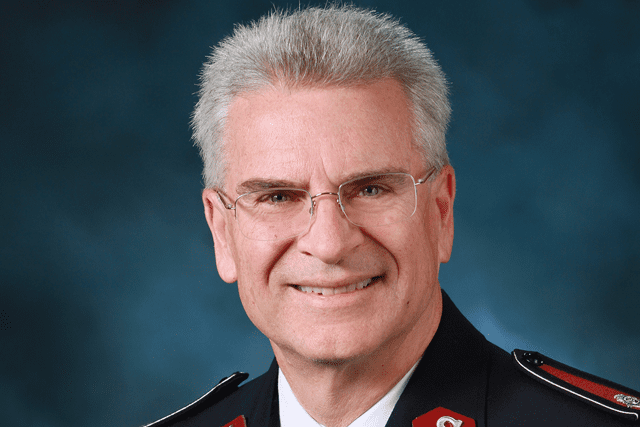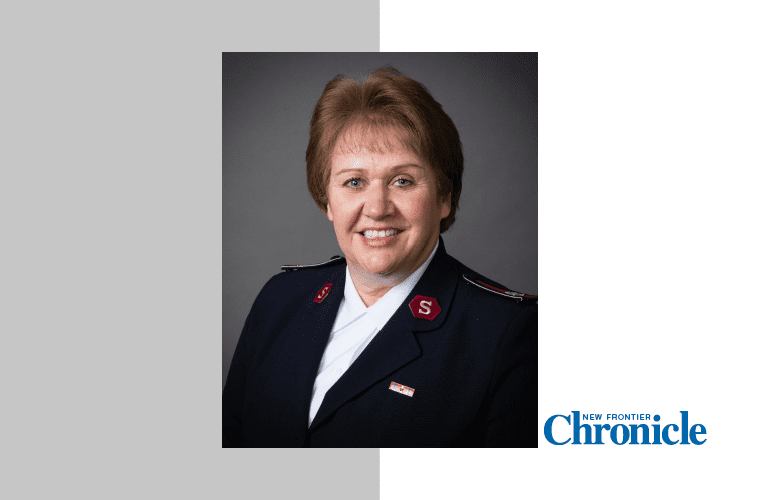By Stephen Smith, Lt. Colonel –
 For those of us who are keeping track, the Western Territory turns 98 years old this October and since it is Commissioning weekend, I thought it appropriate to reflect briefly on the commissioning of the first session of cadets in the Western Territory.
For those of us who are keeping track, the Western Territory turns 98 years old this October and since it is Commissioning weekend, I thought it appropriate to reflect briefly on the commissioning of the first session of cadets in the Western Territory.
Monday, June 27, 1921, was an exciting day for the newly formed Western Territory. On this day, 20 cadets of the Pioneers Session were commissioned as officers by Lt. Commissioner Adam Gifford.
Gifford had been appointed the Territorial Commander of the Western Territory on October 1, 1920; appropriately, this is the same day that our territory officially came into existence. Prior to this time, all operations in the Western states were under the supervision of the Central Territory, headquartered in Chicago.
The session name, “Pioneer,” was fitting as they would be the first session of cadets to be commissioned in this new territory, literally pioneering the work of The Salvation Army in much of our region. History shows us that this group of 20 people, along with countless other officers and soldiers, expanded greatly the ministry and scope of The Salvation Army in the West between the years 1920–1928.
This year, we are witnessing the commissioning of the Messengers of the Gospel—97 years after the Pioneers first became officers. Much has changed in the last 97 years. For example, in 1920–21 there were no married cadets in the session. Just 20 single cadets (10 women and 10 men) and no children. Our current session has 35 new lieutenants, including 10 married couples, 14 singles, one married to an officer, and 29 children. Another significant difference is that the training period for the Pioneers was approximately nine months as opposed to the nearly two-year training session of the Messengers of the Gospel.
While there are many differences between the Pioneer Session of 1921 and the Messengers of the Gospel of 2018, and many societal differences, there are some real similarities. Members of both sessions, for instance, originated from locations throughout the Western Territory. In 1921, cadets came from places like Albuquerque, New Mexico, Honolulu, San Francisco, and Denver. Today, cadets continue to originate from all parts of our vast territory.
More importantly, there is a spiritual connection between the two sessions. Besides the essentials—such as authentic commitment to Christ, love for God and his people, and empowerment of the Holy Spirit—both sessions share one critical element: calling.
A true calling to this unique ministry is vital and something that needs to be experienced by all officers if they are going to be effective in their mission. It is this calling by God that motivated the members of the Pioneers and the Messengers of the Gospel to leave the comfort of their surroundings to be trained and ultimately commissioned to “win the world for Jesus.”
In reviewing the Commissioning service program from 1921, I note that the song “To the Front the Cry is Ringing” was one of the congregational songs that was used. The words of the fourth verse are particularly relevant to both sessions of cadets:
“To the front, no more delaying,
Wounded spirits need thy care;
To the front, thy Lord obeying,
Stoop to help the dying there.”
As Christians, we are called to take Christ’s message of hope to a dying world. The Pioneers answered that call and lived up to their session name, blazing new trails of evangelism in the Western Territory. The Messengers of the Gospel are appropriately named for this time in history. Now, more than ever, people need to hear and experience the gospel message.
“To the front!,” Messengers of the Gospel! Our prayers are with you.











